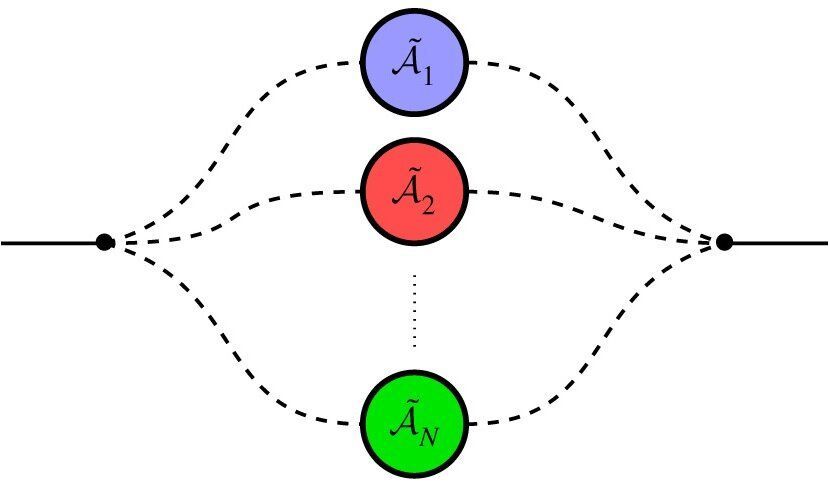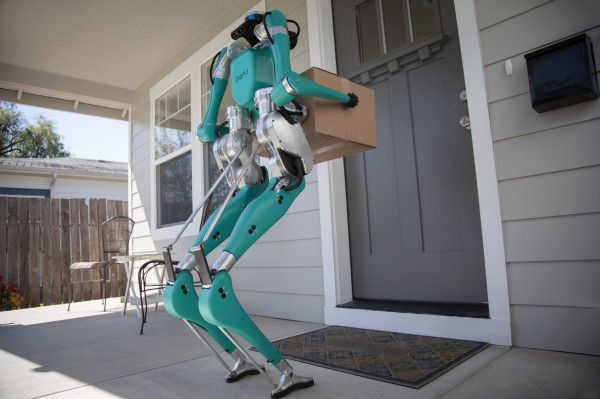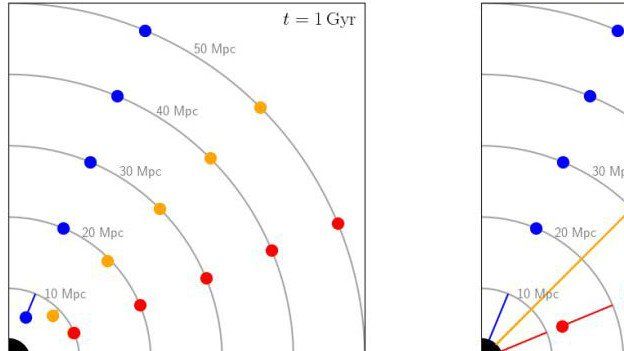Governments are becoming ever more reliant on digital technology, making them more vulnerable to cyber attacks. In 2007, Estonia was attacked by pro-Russian hackers who crippled government servers, causing havoc. Cyber attacks in Ukraine targeted the country’s electricity grid, while Iran’s nuclear power plants were infected by malware that could have led to a nuclear meltdown.
In the US, president Trump recently declared a “national emergency” to recognise the threat to US computer networks from “foreign adversaries”.
Politically-motivated cyber attacks are becoming increasingly commonplace but unlike traditional warfare between two or more states, cyberwarfare can be launched by groups of individuals. On occasion, the state is actually caught in the crosshairs of competing hacking groups.









